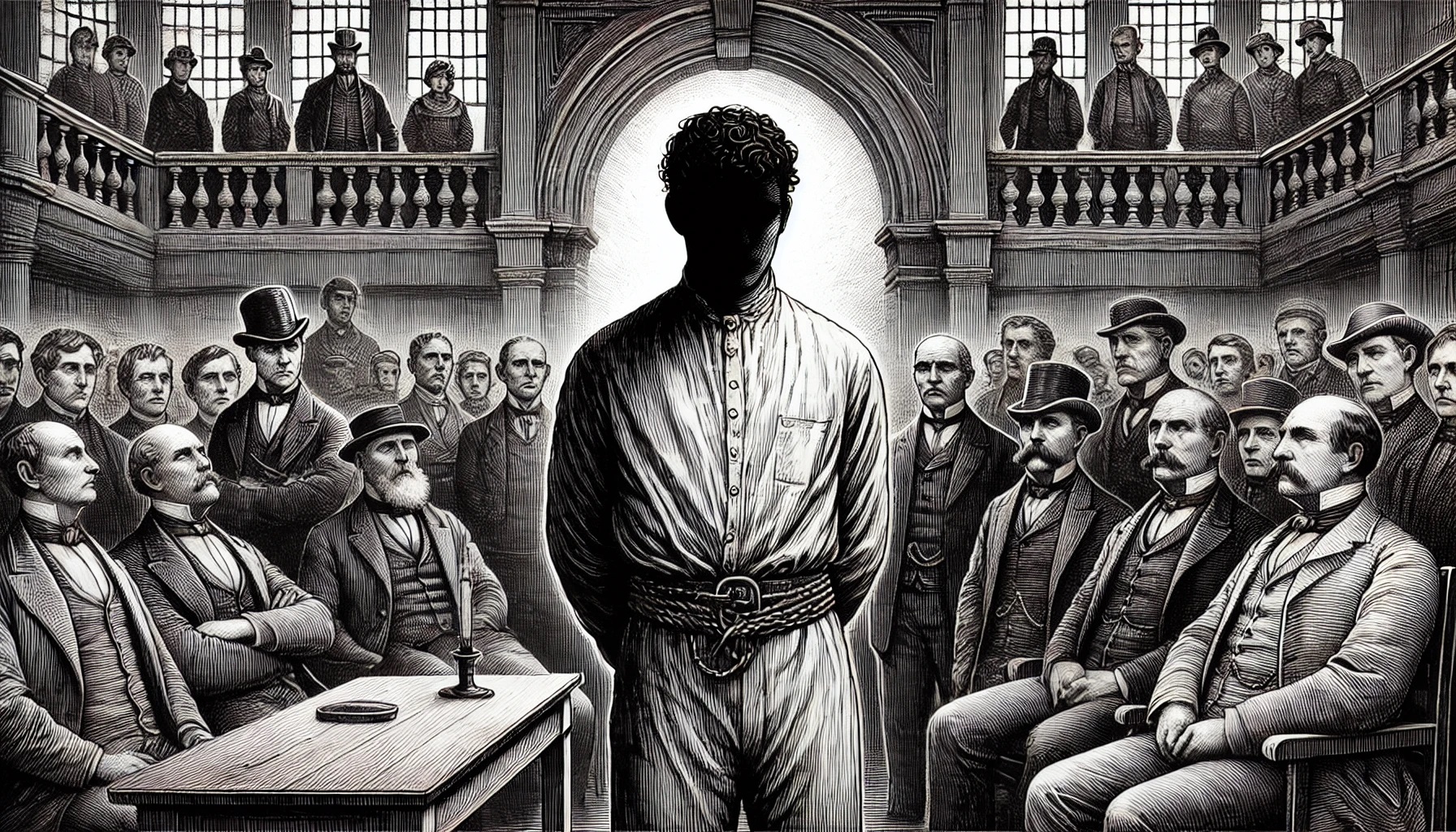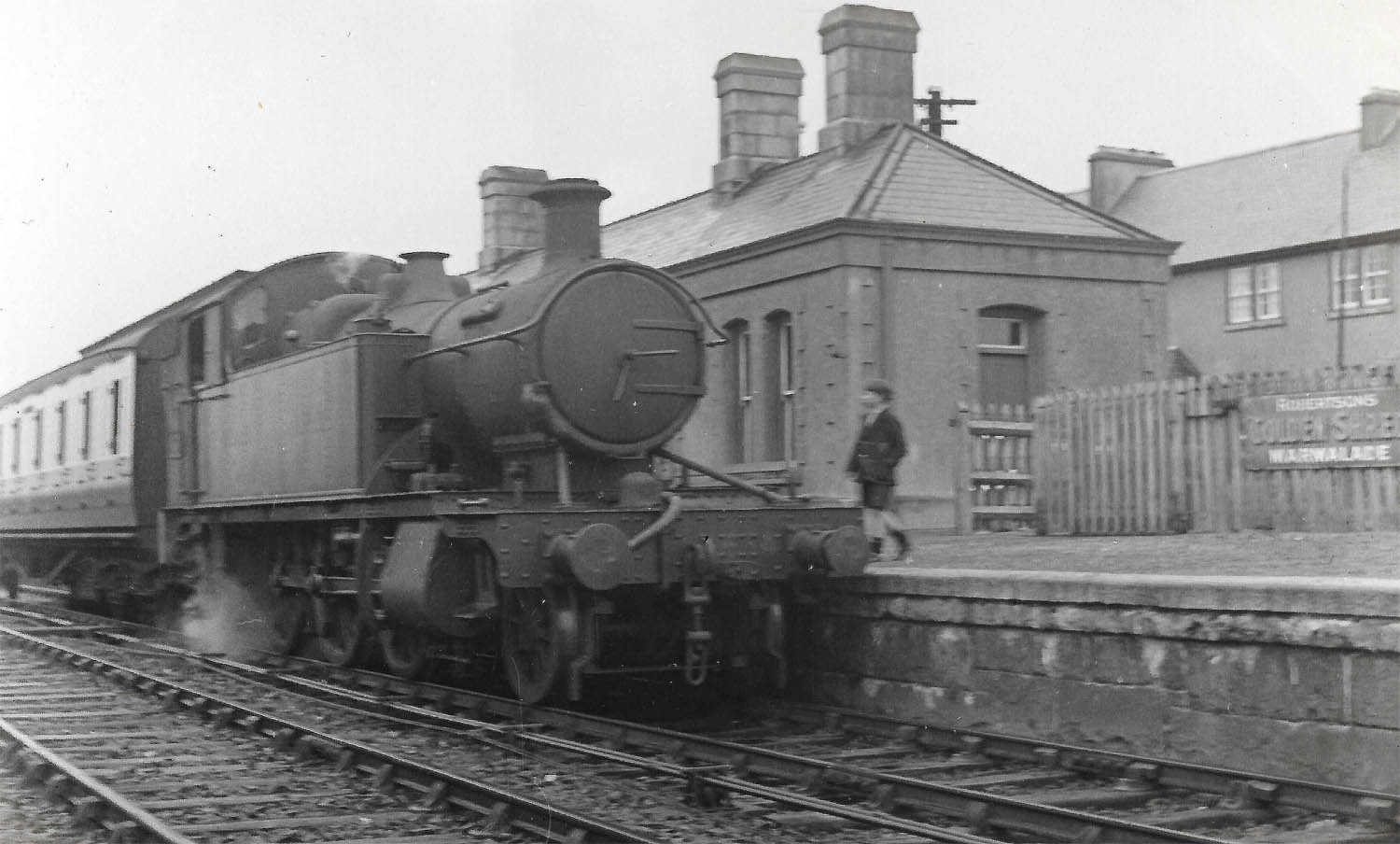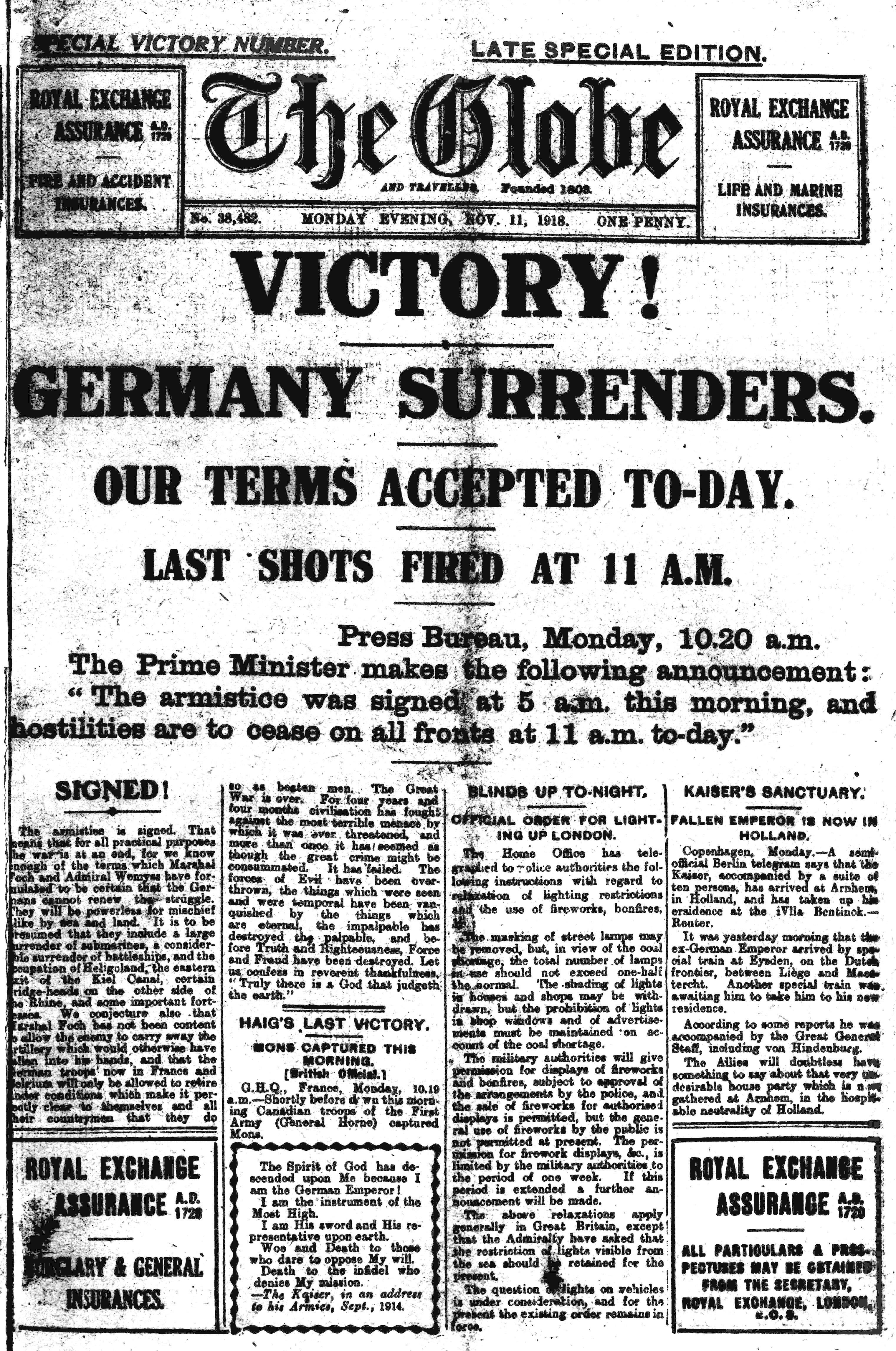RIOTS IN TRAFALGAR SQUARE.
Illustrated Police News – Saturday 19 November 1887

The article, published in a sensationalist newspaper known for its lurid coverage of crime and public disturbances, would have contributed to shaping public perception of the events. The detailed descriptions of the clashes and the injuries sustained would have reinforced the view of the demonstrators as unruly and dangerous, while also justifying the harsh measures employed by the police.
Sunday’s proposed demonstration in Trafalgar Square to demand the release of Mr. O’Brien and other Irish patriots ended in a most futile manner. It is absurd to suppose that an unorganised body of men like the demonstrators proved to be could defy the police, even if the latter had not been supplemented by the military in their defence of Trafalgar Square. There never was any really determined attempt to break through the police and get inside the square. One or two half-hearted attacks were made on the police at various points where the procession met rapidly, but the assailants got so roughly handled and fled so utterly that they were never regarded in any sense as the main force. Speaking generally, it may be said that the day was observed sullenly, but one or two instances in which some rather notable behaviour was displayed on the part of the individual demonstrators. Some of these, indeed, exhibited great forbearance in performing a dangerous and often thankless task.
The crowd began to collect about half-past one o’clock, and by two o’clock, it had assumed an imposing appearance, covering almost every approach to the square. The police maintained their usual stolid demeanour and stood in long lines across each approach. The crowds contented themselves with hissing and hooting the authorities for some time, but towards three o’clock, the excitement increased. About this time, the police made strenuous efforts to clear the square. The mounted police galloped hither and thither with apparently no other object than that of keeping the mob on the move. This they did most thoroughly, and immediately after they had succeeded in dispersing the crowd, fresh masses came in from various quarters.
The police presence was reinforced by the arrival of mounted troops, who moved in from Pall Mall. The mounted officers pushed their way steadily through the crowd, forcing the demonstrators back. There were occasional attempts to rally, but these were quickly suppressed as the mounted officers wielded their batons freely, striking anyone who resisted or refused to move.
As darkness set in, the scene in Trafalgar Square was a curious spectacle. The Life Guards cleared the area at intervals, while the Foot Guards remained stationed, visible in the gaslight. Some boys from the streets lingered, watching events unfold from a safe distance. At one point, an orator attempted to speak to the crowd from a makeshift platform near the fountain, but he was swiftly interrupted by the police, who dismantled his platform and dispersed the onlookers.

The demonstrators retreated through the surrounding streets, but the mounted police continued their efforts to patrol and disperse any remaining groups. By nine o’clock, the excitement had begun to wane, but crowds still gathered in places like Whitehall and around Scotland Yard. The arrival of additional police reinforcements brought the situation under control, although several drunken individuals continued to cause disturbances.
A notable incident occurred when the mounted police charged the demonstrators gathered near Westminster Bridge. The Horse Guards moved in with precision, dispersing the crowd effectively. Several demonstrators were injured in the process, and the police used batons freely to maintain order. At St. George’s Hospital, many of the injured were admitted, with a significant number suffering from head wounds and other serious injuries.
There were reports of stabbings among the police, with one officer from the Deputy Division being critically injured. In the aftermath, numerous demonstrators and bystanders were arrested, leading to a large number of charges at Bow Street Magistrates’ Court the following day. The majority of charges involved assaulting police officers. Notable among the arrested was Mr. Cunninghame-Graham, M.P., who received a sentence of two months’ hard labour for his role in the events.
Detailed Analysis and Historical Context
Background:
The riots described in the article took place in the context of growing political and social unrest in London during the late 19th century. The primary cause of the demonstration was the demand for the release of Mr. William O’Brien, an Irish Nationalist politician and activist who was imprisoned for his involvement in the Irish Land League movement. The Land League sought to address issues of tenant rights and land ownership in Ireland, leading to increased tensions between Irish nationalists and the British government.
The demonstration in Trafalgar Square was part of a series of protests against the British government’s harsh treatment of Irish activists. The political climate at the time was charged, with strong public sentiments on both sides regarding Irish Home Rule and the rights of Irish political prisoners.
Analysis of the Riots:
- Organisation of the Demonstration:
- The protest was largely uncoordinated and lacked a clear leadership structure, which contributed to its failure to achieve its aims.
- Despite the large crowd that gathered, the demonstrators were unable to present a united front or effectively challenge the heavy police presence.
- Police and Military Response:
- The authorities anticipated the protest and were well-prepared, deploying a significant number of police officers, including mounted units.
- The use of mounted police and Life Guards (a cavalry regiment of the British Army) was a decisive tactic, demonstrating the government’s resolve to maintain control over public spaces and deter large-scale civil unrest.
- The police were quick to use force, with batons being employed liberally to break up the crowds and prevent the formation of any organised resistance.
- Violence and Injuries:
- The clash between demonstrators and the police resulted in numerous injuries, with many people sustaining head wounds from police batons.
- The injuries were not limited to demonstrators; several police officers were also wounded, including reports of stabbings, which indicate the volatile and dangerous nature of the confrontation.
- Legal Repercussions:
- The swift legal action taken against the demonstrators highlights the British authorities’ determination to set an example and discourage future protests.
- The sentencing of prominent figures like Mr. Cunninghame-Graham, a Member of Parliament, was particularly significant. It sent a clear message that even public figures would not be immune from prosecution if they were perceived to incite or participate in unlawful gatherings.
Social and Political Impact:
- The riots and the harsh response by the authorities reflect the broader political tensions in Britain during the late 1880s. The question of Irish Home Rule and the treatment of Irish political prisoners were highly contentious issues that polarised public opinion.
- The use of military force against civilian demonstrators was controversial and likely exacerbated public dissatisfaction with the government’s handling of political dissent. It also underscored the growing willingness of the state to employ repressive measures to maintain public order.
- The events in Trafalgar Square can be seen as part of a larger pattern of civil unrest in Victorian London, where issues of workers’ rights, political representation, and social justice were increasingly brought to the forefront through public demonstrations.
Conclusion:
The Trafalgar Square riots of 1887, as reported in the “Illustrated Police News,” offer a vivid depiction of the intense social and political struggles of the time. The heavy-handed response by the authorities, the violence of the clashes, and the subsequent legal actions taken against demonstrators all highlight the extent of the conflict between the state and those advocating for political change. The demonstration’s failure to achieve its goals illustrates the challenges faced by protest movements in an era where the state held considerable power and was unafraid to use force to suppress dissent.
The article itself, published in a sensationalist newspaper known for its lurid coverage of crime and public disturbances, would have contributed to shaping public perception of the events. The detailed descriptions of the clashes and the injuries sustained would have reinforced the view of the demonstrators as unruly and dangerous, while also justifying the harsh measures employed by the police.




